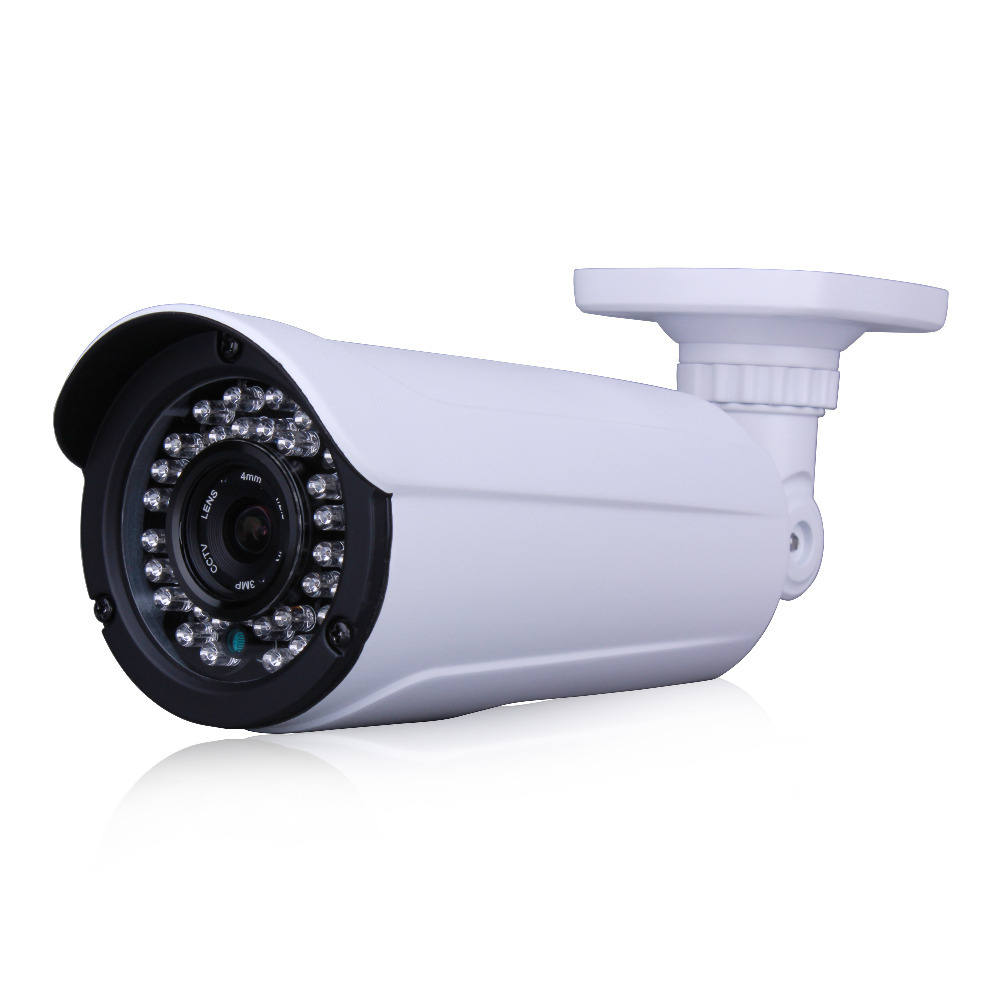
Let’s give the image placeholder a nice thick border by clicking on the Properties tab in the panel on the right, and clicking on the white square with the thin grey rectangle inside next to Border property. Fill. This will make the image grow within the boundaries of the placeholder in a way so that every pixel in the placeholder is used. And change the ImagePosition attribute from ImagePosition. Now let’s move the image placeholder to the right and resize it.

We can use that variable later on to point it to the camera url.

This will implicitly create a variable with the name ImageUrl. Then, select the Advanced tab from the properties panel on the right and change the Image attribute value from “SampleImage” to “ImageUrl”. Please select Image from the Media sub menu.Īn empty image placeholder will appear on the canvas. Click on the link in the center of the canvas “ Add an item from the Insert tab“. Then, click Tablet layout below Blank app. – An active Microsoft Azure Subscription 1. In order to create an app in PowerApps, you will need the following: After this, we will use Azure Media Services Motion Detector to detect changes in the incoming JPGs and alert subscribed users of motion detection notifications. In the next series, we will be adding Azure Table Storage to make the dashboard data-driven. At first, we will be using a simple polling mechanism to retrieve JPG updates and hard coding the camera URLs.
#Ip cam power series#
We will be calling JPG streams from a series of IP cameras to display thumbnails and render a full-size image for monitoring one incoming JPG stream at a time. In the first article of this series we’ll show you how easy it is to create visually appealing dashboards in PowerApps that you can use on a desktop or a mobile device. Use PowerApps to create your own security camera dashboard


 0 kommentar(er)
0 kommentar(er)
